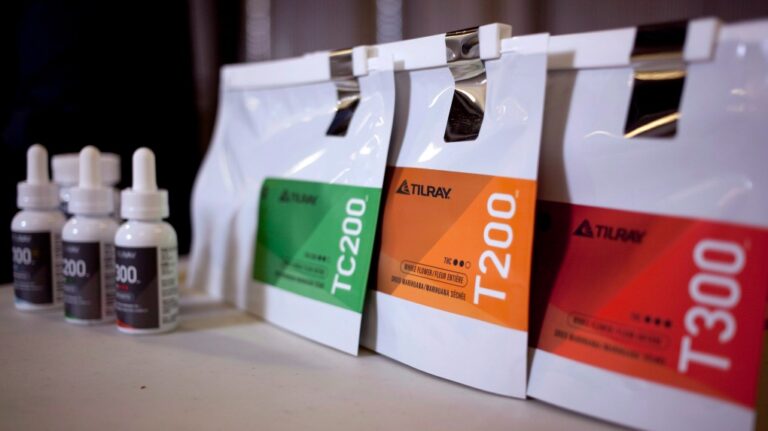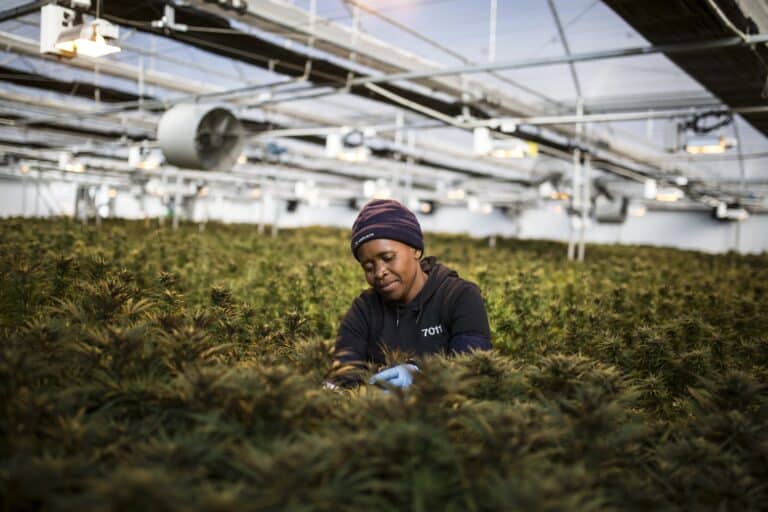HVAC systems may be viewed by many cannabis businesses as basic heaters or air conditioners, but the truth is very different.
To provide the precise temperature, humidity, and air quality requirements that marijuana plants need to thrive, HVAC is a very complicated system of interconnected equipment that must operate in harmony. Lack of thorough HVAC design in newly constructed or renovated buildings, as well as irregular maintenance, can result in a variety of issues with these intricate systems.
The quality and consistency of goods can be greatly impacted by even slight changes in temperature, humidity, and air filtration, which can result in considerable time losses as well as lower productivity and earnings. Businesses simply cannot afford to disregard routine preventative maintenance in today’s cutthroat cannabis sector considering the significant lost income at stake.
Owners of marijuana businesses must recognize the importance of their HVAC systems to the operation of their enterprise.
The best method to make sure systems are running at peak performance and stop any problems before they may emerge is to prioritize routine HVAC preventative maintenance. By lowering energy costs and assisting in preventing expensive repairs or equipment failures, preventive maintenance can even result in financial savings. Cultivators should check their HVAC systems in the spring to make sure they can regulate indoor growing settings despite changing outdoor weather.
For your system to operate effectively, follow these six procedures for preventive maintenance:
1. Cleaned condenser coils first
Condenser coils may become clogged with dust and dirt without routine maintenance. This accumulation over time may force your unit to operate harder and longer, lowering system efficiency and raising energy expenses. In the spring, it’s especially crucial to maintain coils clean since airborne plant debris can adhere to and clog your coils.
Long-term neglect of filthy coils can eventually lead to corrosion, refrigerant leaks, and even system failure.
2. Maintaining and testing water tower filtration systems and cooling towers
Cooling towers are frequently disregarded even though they are an essential component of many commercial HVAC systems. After periods of inactivity over the winter, cooling towers must be regularly cleaned and inspected as they might turn into breeding grounds.
3. Reheat hot water systems and flush chilled water systems
A chilled water or reheat hot water system’s efficiency can be greatly reduced, and operating costs can rise, even with a small issue. Minerals, scale, and muck can all accumulate over time in chilled water system tubing. Rust and silt have the potential to clog the control valves in reheat hot water systems.
To guarantee steady flow and adequate temperature and humidity regulation, it is crucial to routinely clear off this material.
4. Check for refrigerant leaks in systems
Your air-handling and chilled water systems must be kept at the manufacturer’s recommended levels of refrigerant to successfully cool your environment. The compressor exerts more force to make up for falling refrigerant levels.
In addition to straining the compressor and decreasing system performance, refrigerant leaks are also subject to stringent environmental restrictions.
5. Verify the economizer function.
The use of outside air for “free cooling” of your building when temperature and humidity levels are suitable makes economizers particularly helpful in the spring. Without preventive maintenance, actuators cease working properly, linkages break, seals fail, dampers become locked, and sensors lose their calibration.
Economizers effectively lower energy expenses when they are operating properly, frequently by hundreds or thousands of dollars per month.
6. Replace belts and filters
Poor air quality and poorly working HVAC systems can be caused by dirty or clogged filters. Fan belts can deteriorate and loosen over time, which interferes with appropriate HVAC performance.
Every time preventative maintenance is carried out, belts should be inspected. They often need to be replaced once or twice a year. A basic road map for HVAC preventive maintenance is provided by these six procedures. Since the HVAC system in each building is different, no two preventative maintenance strategies are exactly alike.
Working on a personalized preventive maintenance plan with a commercial HVAC expert with experience in mission-critical situations can provide cannabis business owners peace of mind that their system is performing at its best while providing a healthy environment for plants.
Mr. Masitha oversees technical operations, equipment replacement, and design/build of clean environment process for Medical Cannabis industry as Post Harvest facility manager at WeGROW in Lesotho, Southern Africa.




